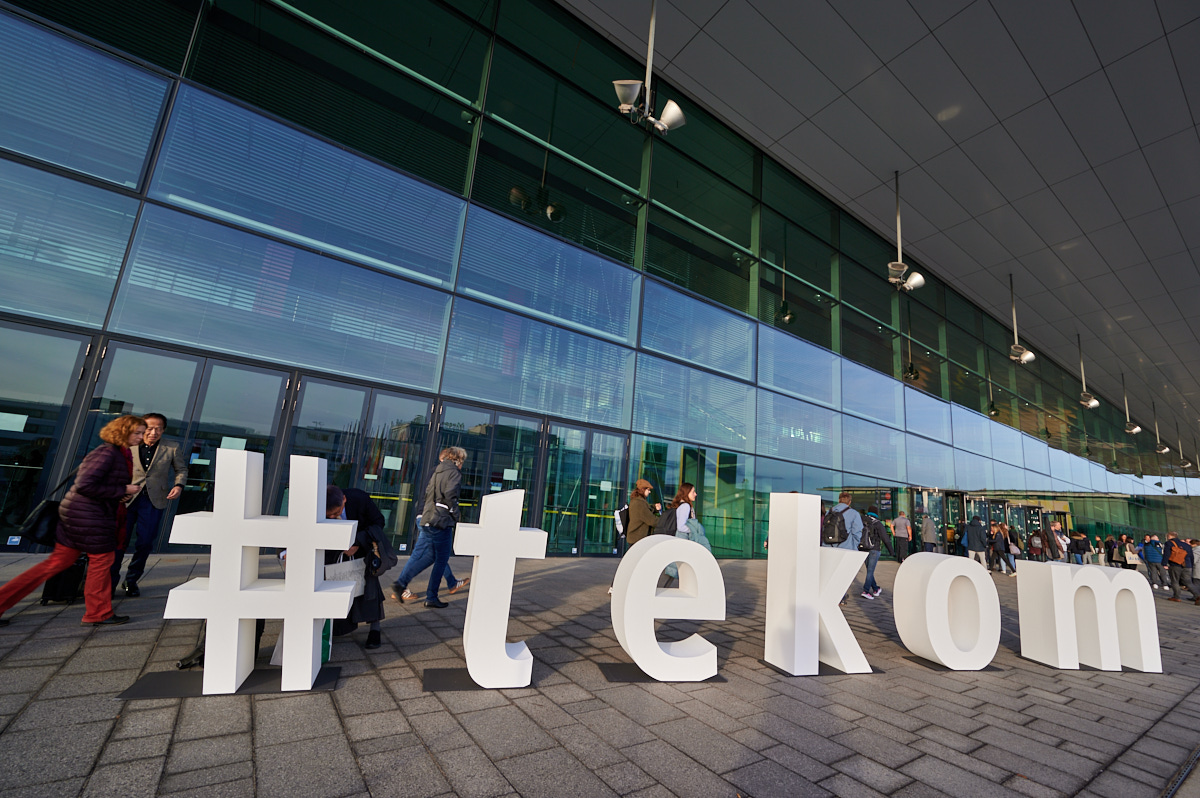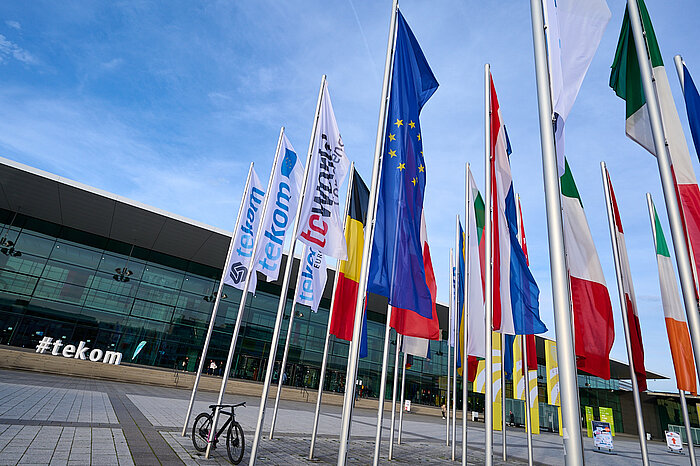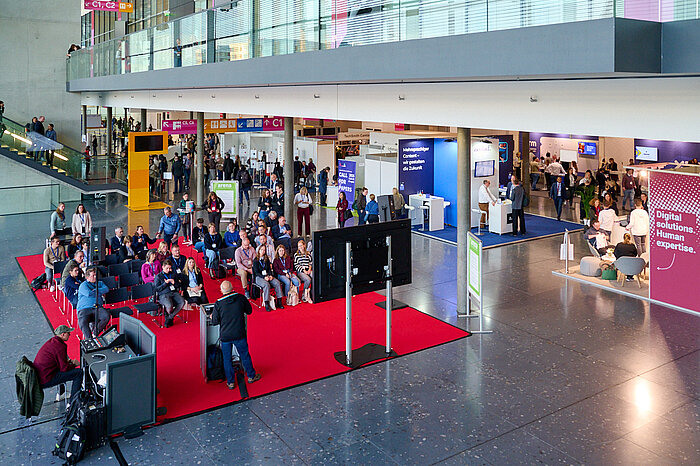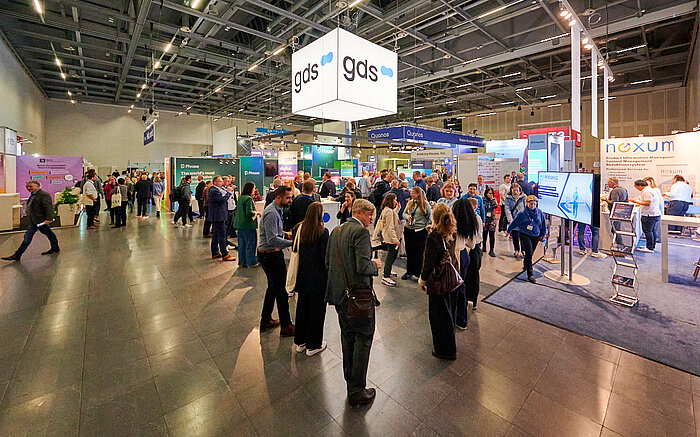The conference offered an excellent opportunity to learn about the latest developments and trends in the industry, exchange ideas with experts and colleagues, and make valuable contacts.
A total of 200 technical presentations, workshops, and tutorials filled the three-day program. Topics ranged from content strategy and information architecture to language and translation technologies, software documentation, and modern publication processes.
A central theme was the use of Artificial Intelligence in technical communication. The focus was on issues of automation, semantic networking, and support for editorial and translation work processes. Above all the key question hung in the air: How can technical communication benefit from AI?
Read more on...
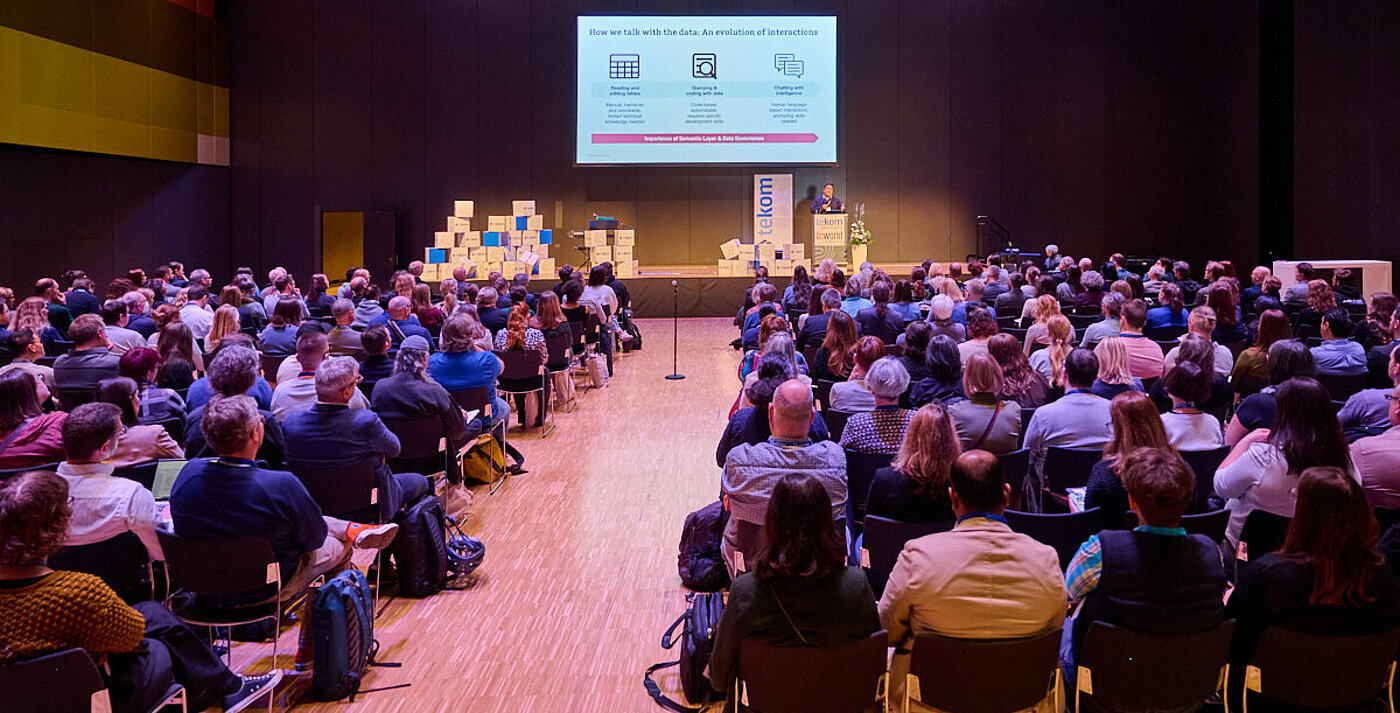
Right at the start, Tiangkai Feng, Director of Data and AI Strategy at Thoughtworks, generated absolute enthusiasm among the audience with his inspiring keynote speech "The importance of language in working with Data & AI." He creatively combined the topics of language, data, and AI, using unusual means such as music and memes to impressively illustrate the importance of precise language use when working with artificial intelligence.
An inspiring tutorial was held on Tuesday entitled "From trends to mandates and job profiles: Technical communication as a designer in the company," presented by Isabelle Fleury (Managing Director of tekom Germany) together with Maximilian Tauchnitz. It became clear that with the advent of new technologies such as AI, expectations of technical editors are also rising – they no longer just have to write operating instructions, but also manage training materials, UX texts, and AI-supported content. In this context, Fleury said: "New mandates are emerging – they no longer only must write information, but about strategic roles, responsibility, and influence within the company." She pointed out that the professional field is expanding and new qualifications are required – and that technical editorial teams should actively shape this change, for example through targeted personnel development and strategic qualification measures.
Legal and normative developments were also a major focus. Current legislative changes, product safety issues, standards, and eco-design aspects were critically examined. Particularly noteworthy sind Gabriela Fleischer's presentation on the new EU Directive (EU) 2024/1799 on the right to repair and Jens-Uwe Heuer-James' presentation, which clearly summarized the latest legal trends in technical communication. "The digital product passport (DPP) is a new instrument that is much more than just a data collection tool: It will become the central interface between manufacturers, supply chains, consumers, and authorities," said Heuer-James. Interest in the panel discussion on the topic of the "digital product passport" was correspondingly high, with Dr. Thomas Ebert, political analyst and Seconded National Expert for the European Commission, also joining the discussion. The audience in the packed Plenary Hall 2 learned about the scope and form of the information that every manufacturer will have to provide for their own products from January 2026 onwards, and the challenges they will face in the future.
Another key topic was content strategy and information architecture. Numerous practical contributions showed how content can be designed, structured, distributed, and made efficiently usable. Topics discussed included editorial processes, metadata management, structured authoring approaches, and intelligent information delivery across various channels.
In addition, language and translation technologies were a key part of the program. Workshops and specialist presentations on terminology, localization, and machine translation systems (NMT/LLM) highlighted how rapidly these tools are developing and how they are permanently changing the work of editorial teams and translators.
The topics of visual communication, UX, and accessibility were also strongly represented. Here, the focus was on the targeted use of visual media – from illustrations and 3D animations to instructional videos –as well as on the question of how user guidance, comprehensibility, and accessibility can be optimized.
Last but not least, attention was also focused on careers, new job profiles, and management. In light of technological change, the discussion centered on which skills are becoming more important, which new job profiles are emerging, and how leadership and collaboration are changing in an increasingly AI-driven working environment.
Between the intensive program items, the tekom café offered the perfect place to take a breather – with a good cup of coffee, inspiring conversations, and occasional networking in a relaxed atmosphere.
Since around 60 selected presentations in the form of screencasts (audio track with presentation slides) from Plenary 1, Plenary 2, and Room C5.2/3 are still available for viewing and downloading after the conference, participants on site did not have to constantly decide which sessions they could attend and which they would have to miss.
Missed the entire conference? Then you can still purchase a recording ticket afterwards. Access to presentation slides for all remaining contributions is included. The recording ticket can be booked until January 31, 2026. Access to all recordings is available until February 20, 2026.
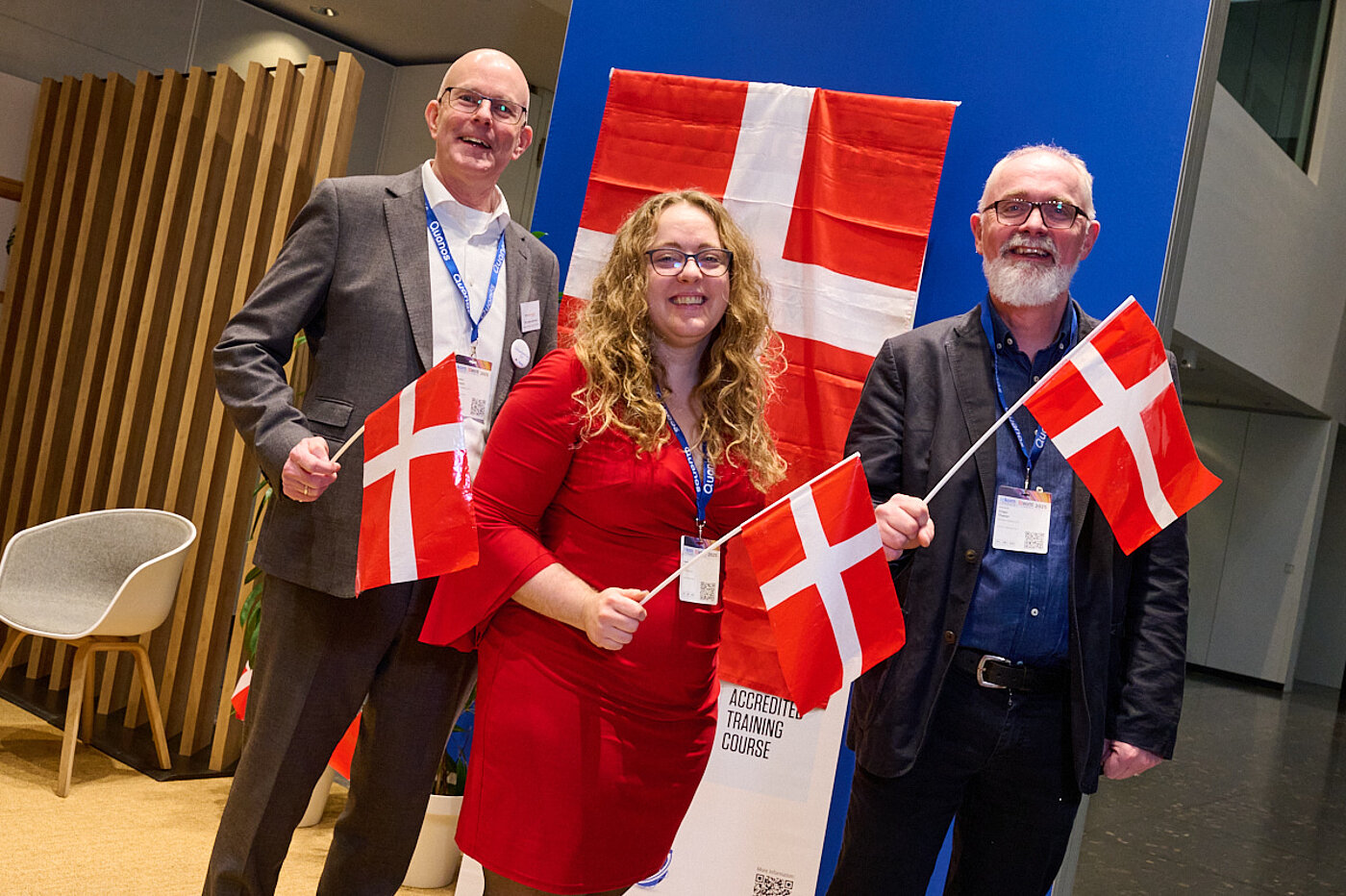
On Tuesday, tekom hosted a special evening for dedicated volunteer members and honorary members. Acknowledgements were given to deserving tekom members in recognition of their voluntary work: Heike Auch (Conference Advisory Board), Sebastian Göttel (Conference Advisory Board), Dr. Axel Luther (Conference Advisory Board), Maiken Blok (Conference Advisory Board), and Klaus Göbel (Election Committee) for their voluntary commitment. The following members of tekom Europe were also honored: Dr. Tiziana Sicilia (President of tekom Europe and President of COM&TEC), Maiken Blok (President of tekom Denmark), Steen Magnussen (Board Member of tekom Denmark, Cash Auditor of tekom Europe), Ekaterina Mitova (Deputy Delegate of tekom Bulgaria), Michael Valent (Board Member and Auditor, tekom Austria), Paula Stern (Delegate, tekom Israel), Ezriel Yellin (Alternate Delegate, tekom Israel, Auditor, tekom Europe), and Dr. Gabriela Fleischer (Support, Advisory Board for Regulations and Standards).
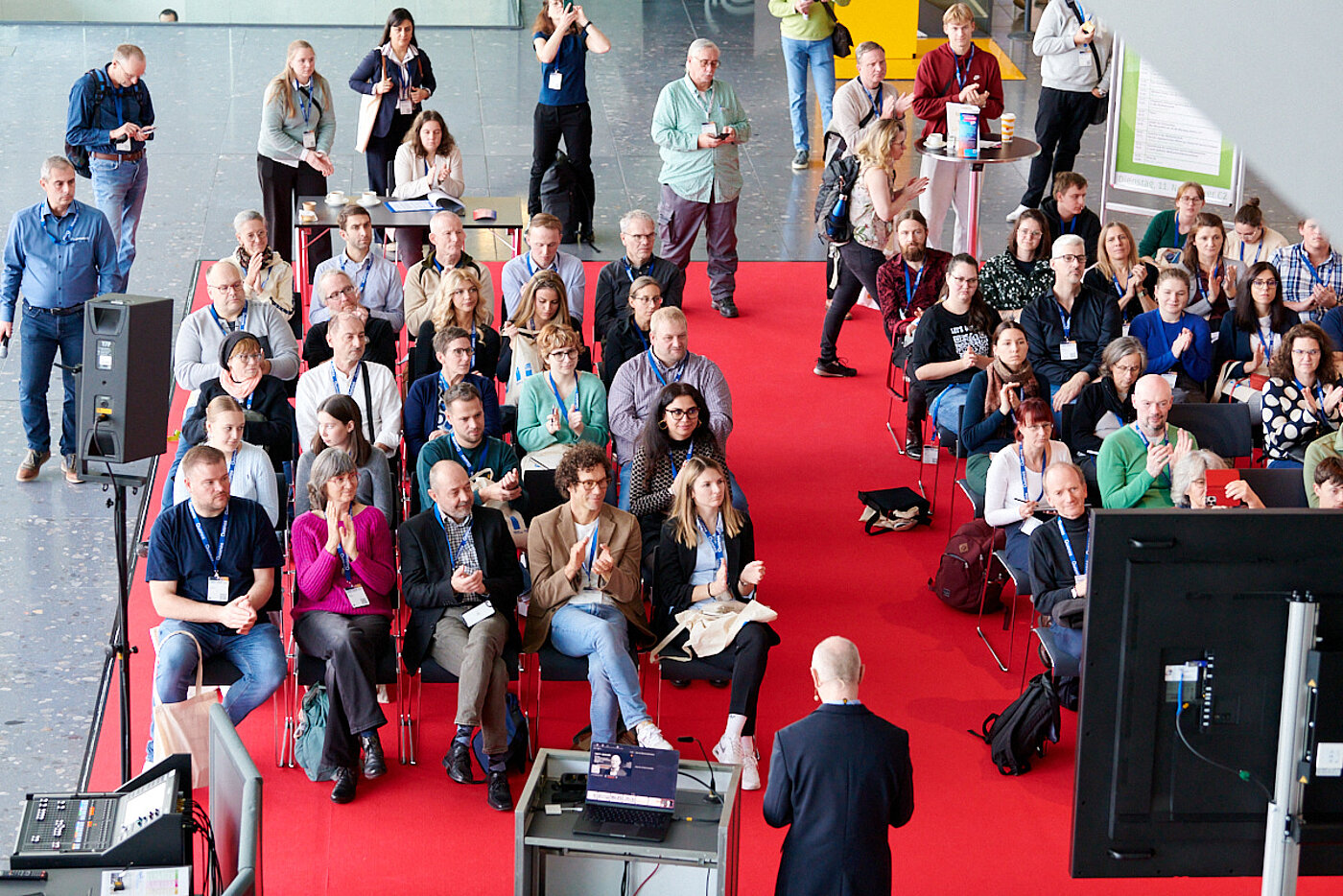
Medical technology, digital product passports and UX writing were the main topics at this year's tcworld conference arena. The 20- to 30-minute presentations were well attended – proof of how much these topics are currently moving the tech community. Afterwards, many attendees took the opportunity to ask individual questions or talk directly with the speakers.
One memorable contribution was "Potpourri of Medical Technology" by Marcelo Lackner (lyfmedics). In his presentation, he outlined a historical overview of how medical devices have become increasingly regulated over time and then shed light on the internal structures of a medical technology company – with a particular focus on the role of technical editors. Lackner, himself a trained medical technician and regulatory expert, pointed out that editors are increasingly involved in safety- and risk-related processes: "Anyone working in a medical device company cannot ignore compliance and regulatory requirements," was a key aspect of his presentation.
Another presentation that attracted a lot of attention was “Digital Product Passport: How Can Companies Master the Challenges Ahead?” by Adrian Barwasser (Fraunhofer IAO). He explained how new EU regulations – including the digital product passport, the Machinery Regulation, and the digital type plate – are technically and regulatorily interrelated and what concrete effects they will have on manufacturing companies. Barwasser provided an overview of the legal environment surrounding the DPP – both at EU and national level – and encouraged technical editors to play a proactive role in the transformation.
In addition, a fishbowl discussion on the topic of "The economic contribution to technical communication" with Lars Kothes (kothes GmbH), Anne Kuhsen (SEW-Eurodrive), Bernhard Rudolf (CHIRON Werke GmbH & Co. KG), and Bernd Waterkamp (BWeitblick Consulting) dominated the Wednesday afternoon in the arena. The aim of the roundtable was to discuss amongst experts and the audience what measurable value good technical communication actually creates for enterprises – and how this value can be made even more visible in the future.
A lively discussion ensued between the invited experts and participants who actively contributed to the discussion. They presented different perspectives on how technical communication can contribute to a company's value creation – from the practical implementation of digital processes in industry to new digital strategies for corporate communications. It became clear that technical communication is much more than just a necessary cost factor: it can reduce support costs, increase customer satisfaction, and thus contribute directly to value creation.
To sum it up: "The best documentation is the kind you don't see – because it's already firmly embedded in the machine."
On Thursday, the arena turned its attention to UX writing. In her presentation on neuro-inclusive UX writing, Daria Lewandowska showed how microtexts can support digital participation. Stephan Mayer emphasized how crucial precise language is in clinical practice, while Arun Benny Haymo presented a model that systematically integrates technical editors into UI/UX validation processes.
In parallel, the World Usability Day Stuttgart focused on "Emerging Technologies and Human Experience" and ideally complemented the arena content. The contributions on AI, new UX methods, and human-centered technology design broadened the technical perspective and provided a natural connection between the two events in terms of content.
Overall, it was clear that the arena offered a mix of current trends, in-depth practical knowledge, and strategic perspectives. The lively participation of the audience and the intensive networking on site once again confirmed the central role that technical communication, and in particular the integration with UX plays in an increasingly complex technological world.
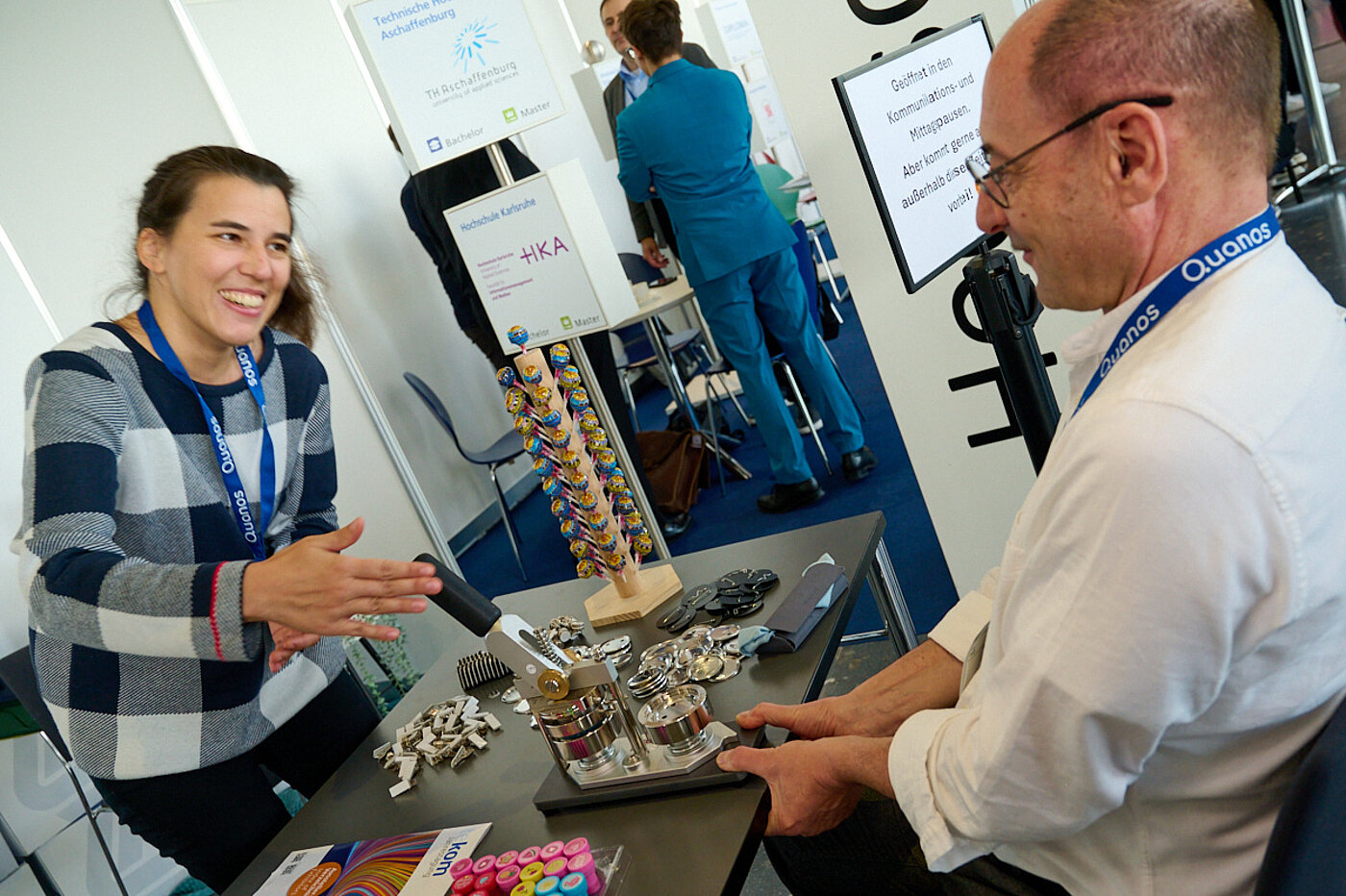
Take off and aim high – in line with this motto, the job wall and the university stand at the universityHUB offered further starting points for job placement and getting to know each other professionally. This year, there was a particularly large number of visitors there and at the tekom-AG “Young Professionals” stand right next door – including students, alumni, and school pupils interested in technical communication. From there, newcomers to the tekom fair were given a one-hour guided tour of the exhibition grounds led by Bianca Hufnagel. The tour passed by the tekom stand, where attendees could ask questions about tekom and authors, publications, and training opportunities in the field of technical communication, and continued on to the exhibitors, who were happy to provide insight into their tools, software solutions, and working methods.

With 100 exhibitors, the tekom fair was once again the largest of its kind and a real visitor magnet. The exhibitors provided information on the entire spectrum of TC, from CCMS and terminology to software documentation and AI solutions. It offered technical communication professionals from almost all sectors of industry a unique opportunity to gain a comprehensive overview of the market. This year, it was particularly lively thanks to the wide range of activities at the exhibitors' stands, the exhibitor presentations and keynote speeches on tools and services, the online networking lounge, and the online showrooms. In addition, there was the arena with its topics of medical technology, digital product passports, and UX writing, the OpenLab – Unconference, the universityHUB, and the Café tekom. Similar to the tcworld conference, the main topic here was technical documentation in the age of AI – developments, challenges, and solutions.
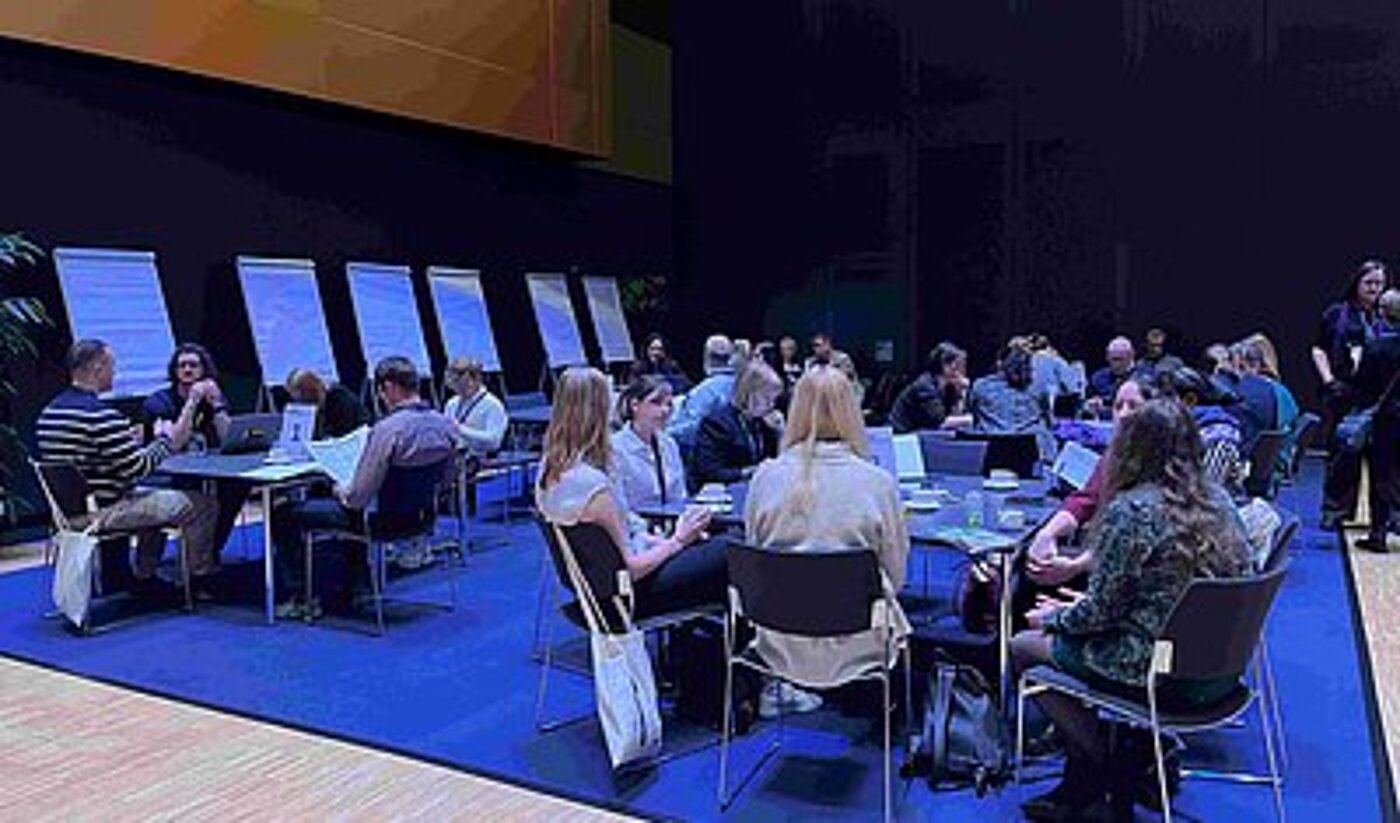
The OpenLab – Unconference in Hall C1.1.2, next to the tekom café, was once again very popular this year. Anyone who wanted to discuss a topic could write their name and the topic on a Post-it note and stick it on the Unconference board set up for this purpose. Similar to last year, the Post-it board filled up quickly and steadily every day with many new topics.
Our conclusion: The OpenLab – Unconference was lively, open, and full of new perspectives. The participants contributed their creativity and knowledge and made intensive use of the opportunity to exchange ideas with like-minded people. Some discussions turned out quite differently than expected – and that is precisely what made them so valuable.

After so many exciting presentations and workshops, partying and networking – including music and dancing – should of course not be neglected! There was ample opportunity for this on both evenings. On Tuesday evening, there were parties at several stands on Tuesday evening. The cozy lounge area of the fair offered a contrasting program. On the second evening, the tekom Allstar Band provided a great atmosphere and the finest live music. Volunteers who were honored the day before also gathered on stage once again. Exciting city tours featuring a visit from a group of students who presented their competition robots as part of the renowned First Tech Challenge, and Schwanen-Bräu Bernhausen GmbH, including beer tasting, rounded off the conference.
